CAPITOL & PROMONTORY (Day 2 - part 3)
The Utah State Senate has 29 members. The room was actually expanded during the renovation but the original colors and furniture was restored.



The long mural (known as a polyptych or panel painting) was done in 1916 by Lee Greene Richards and Alma B. Wright. The landscape is of Utah Lake (a fresh water lake about 20 miles south of here).

The original desks




Two new paintings were added in 2007 by Keith Bond during the renovation: (left) "Ancestral Home" - of an Anasazi ruin amongst the red hills of southern Utah, and (right) "Orchard along the foothills" - the Wasatch Mountains of northern Utah.
The tour continued with the Supreme Court. The chamber is currently only used for ceremonial purposes. The "real" Supreme Court was relocated to the courthouse downtown in 1998.


(left) View from the end of the east atrium, past the rotunda, to the end of the west atrium.


"Caroline Bridge" was painted in 1905 by Henry Lavender Adolphus (H.L.A.) Culmer. The Caroline Bridge is a natural bridge in southern Utah that spans 210 feet, making it one of the longest natural bridges in the world.
The most famous trial held here was that of Joe Hill (1879 - 1915). He was accused of shooting two men. In spite of his claims of innocence and some highly dubious evidence, he was found guilty and executed by a firing squad. All in all, he was probably innocent, but SOMEONE had to be the scapegoat, due to the prominence of one of the murdered men. Hill was also a 'troublesome' leader of a labor movement and a political agitator. Two birds, one... bullet.



A small stoplight placed on the speaking podium lets those talking know how much time they have left for their arguments.
Our tour ended, so we explored the fourth floor by ourselves. It contained statues, exhibits and lots of information.


Philo Farnsworth (1906 - 1971), developer of the television and a Utah native

Historic photos
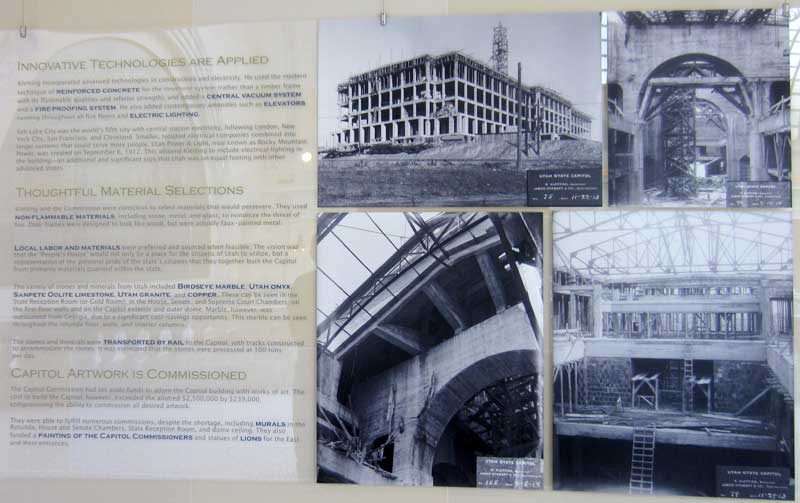

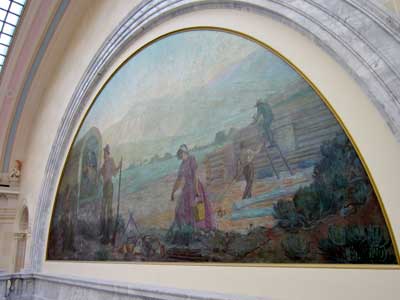

Another view of the mural above the Supreme Court. Working hard, building the new settlement.
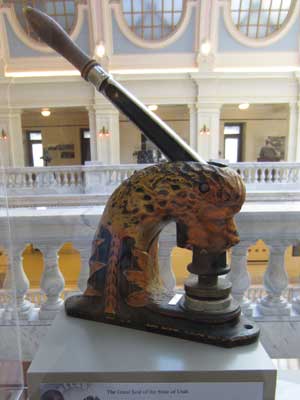

Assorted historic artifacts
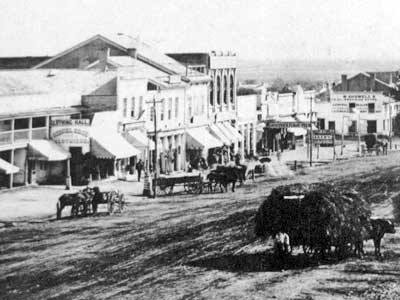

(left) Salt Lake City main street 1860 .... (right) Arsenal Hill 1883, future location of the capitol building


(left) 1852 design for the original capitol building in Fillmore, of which only the south wing was ever completed. ... (right) The 1912 winning design for the Salt Lake City capitol building by Richard Karl August Kletting
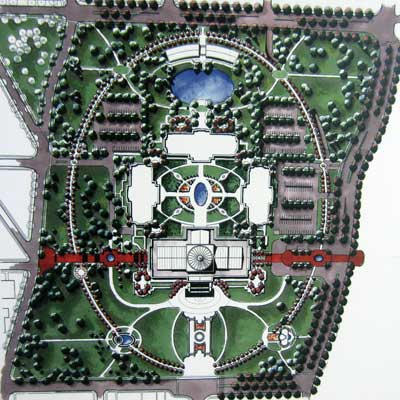
Map of the capitol gardens

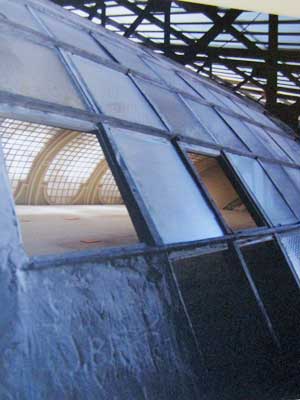
Drawing and photo of the dome, showing both the inner and outter dome


Looking over the rotunda
We returned to the first floor and took a bit more time to view the exhibits.


(left) Above us now was the glass floor of the rotunda. ... The Utah state seal
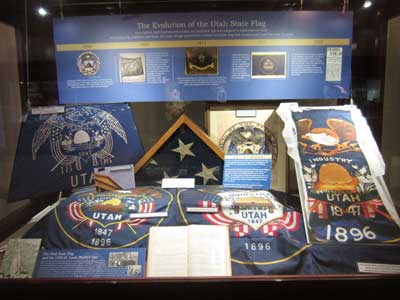

Evolution of the state flag


Beehives!


Various rocks and materials used to build the capitol... birdseye marble, Utah onyx, copper, Sanpete oolite, gypsum, iron
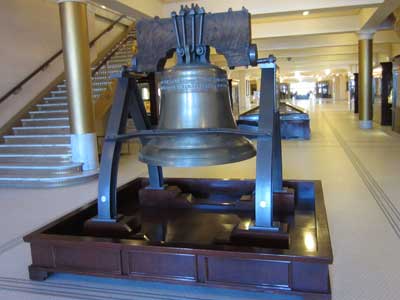
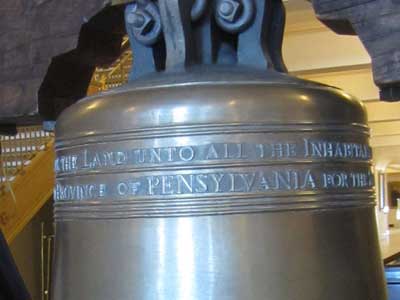
The Utah liberty bell
The original liberty bell was cast by Whitechapel Foundry (Great Britain) in 1752 and currently resides in Philadelphia (PA). In 1950, as part of a Liberty Bell Savings Bonds drive, the US Department of the Treasury had 55 full-sized replicas made (one each for the 48 states, the District of Columbia, and the territories). Utah's bell is #9. They were cast in France by the Fonderie Paccard, and the dimensions and tone are identical to the original bell.
We left the building and continued with our trip.


Four lions guarded the east and west entrances. The originals were sculpted in 1915 by Gavin Jack, but they had been made out of cement which corroded. They were repaired in 1977 but again fell victim to deterioration by the weather. During the latest renovation in 2004, new lions were sculpted from Italian marble by Nick Fairplay. The lions were given the names: Fortitude, Integrity, Honor and Patience.
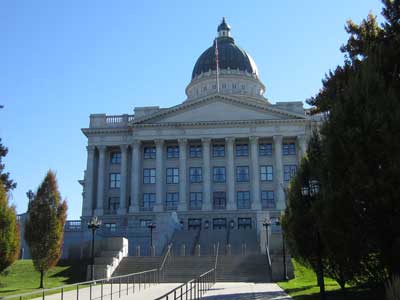
return • continue

